
This article is sponsored by Whisker, an international leader in innovative U.S.-made technology for cat owners, including the Litter-Robot. Find out more about their products here.
As a vet, I see many cat owners making the same mistakes—certainly not because they aren’t dedicated to their cat’s care, but because they’re easy to make. Many don’t realize they’re making mistakes at all. However, some actions or inactions can have long-term consequences on the cat’s health and happiness. The good news is they’re easy to fix once you know what they are.
In this article, we cover the seven most common mistakes cat owners make, why they matter, and how to avoid making these errors in the future.
7 Common Mistakes Cat Owners Should Avoid
1. Overfeeding

The most common mistake I see is cat owners feeding their cats too much food per day. Over half the cats I see each day are overweight, and this trend is only increasing as cat parents overfill the food bowl, leave the bowl full and available all day, and forget that treats contribute to the cat’s total daily calorie intake.
Feeding is a huge part of your relationship with your cat—and, from a cat’s point of view, there’s no such thing as too much. But being overweight significantly reduces a cat’s quality of life, making them more prone to developing diseases. Even being moderately overweight can shorten their lifespan.
Giving your cat the right amount of food is one of the most important things you can do to help them live a long, healthy life. If your cat is overweight, check out our guide on putting a cat on a diet.
Also Read: The 10 Best Cat Foods in 2023
2. Not Visiting the Vet Regularly
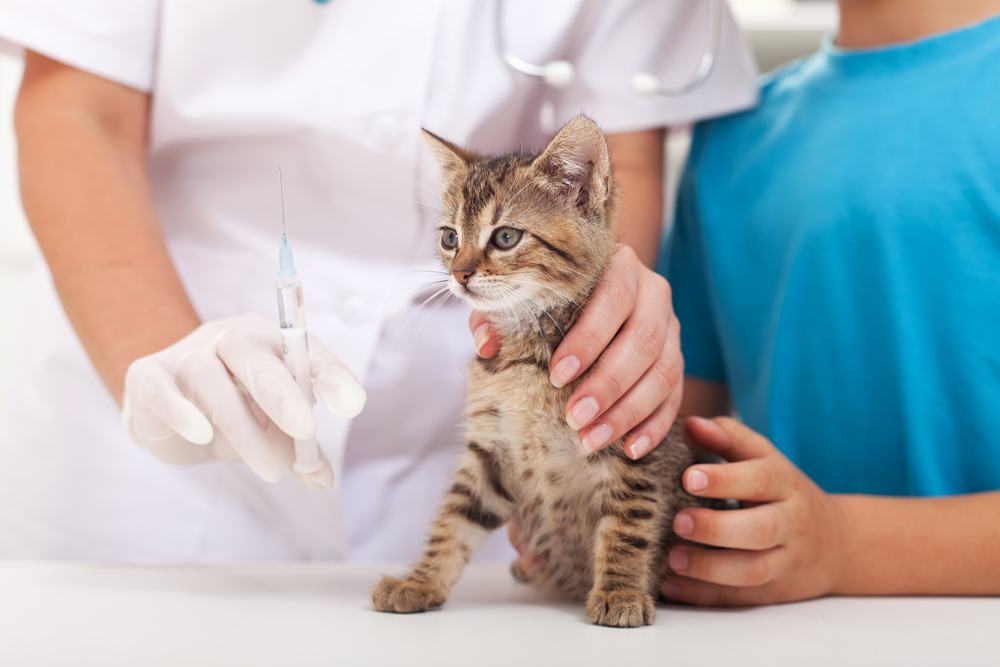
It’s easy to miss small changes in behavior or appearance when you see your cat every day. This is why regular vet visits are so crucial. As a vet, it’s devastating to find a problem in a cat I haven’t seen for a long time, knowing that I might have been able to help had I seen them sooner.
Visiting your veterinarian once or twice a year allows professionals to help identify any health or medical concerns. During a routine visit, we will weigh your cat, provide annual vaccinations, and perform a full physical examination. If your cat is older, we might also recommend additional tests that help us spot common problems in older cats, such as kidney disease or high blood pressure, before they show signs of being ill.
We often identify problems during examinations that cat owners wouldn’t be able to find at home—and the earlier we find them, the more successfully we can treat your cat.
3. Not Cleaning the Litter Box Enough
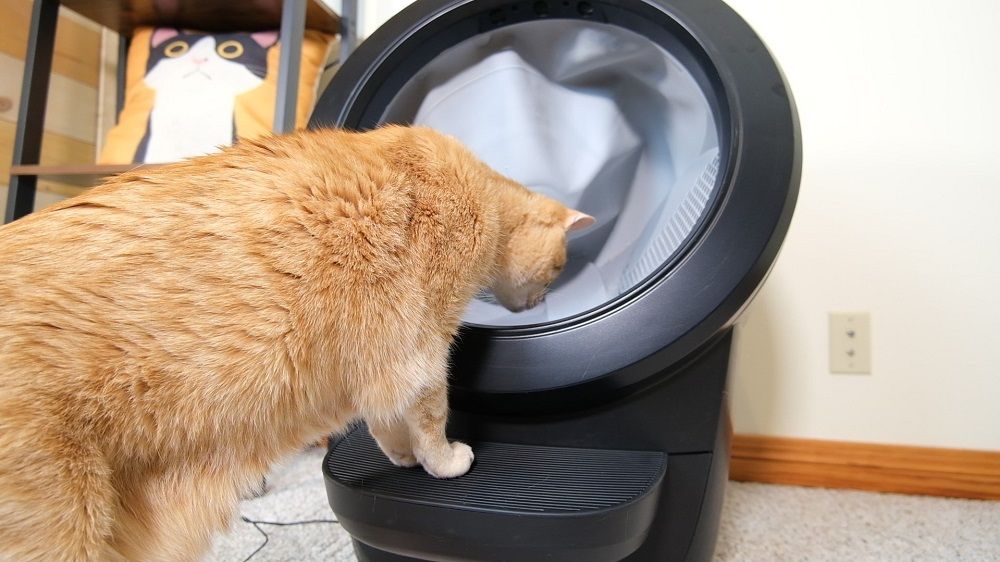
Cats prefer the litter box to be clean every time they use it. This means cleaning after every use or at least a couple of times per day, which is sometimes hard for cat owners to manage.
An unclean litter box can make your cat reluctant to use the bathroom. They might hold it in, which can lead to serious health problems, or they may choose to go outside the tray—a tricky habit to fix.
Self-cleaning litter boxes such as the Litter-Robot 4 offer a great solution. They scoop your cat’s waste automatically after every use, so cat owners only need to empty a waste drawer.
My biggest concern with other automatic litter boxes is they may make it hard to notice important changes in your cat’s litter box activity. Changes like this may indicate serious health issues like kidney disease, diabetes, and urinary tract disease, so it’s critical that you know what’s happening in your cat’s box.
That’s why I prefer smart automatic litter boxes like the Litter-Robot 4. This product not only self-cleans but also monitors your cat’s litter box usage, waste, and weight through the Whisker app. This real-time tracking gives you important insights into your cat’s health that you would otherwise miss.
Of all the automatic litter boxes the Cats.com team has tested, the Litter-Robot 4 provides the cleanest, quietest cycling and best compatibility with a variety of litter products.
Your cat is likely to love it as much as you do.
Click here to learn more or buy the Litter-Robot 4.
4. Changing Food Suddenly
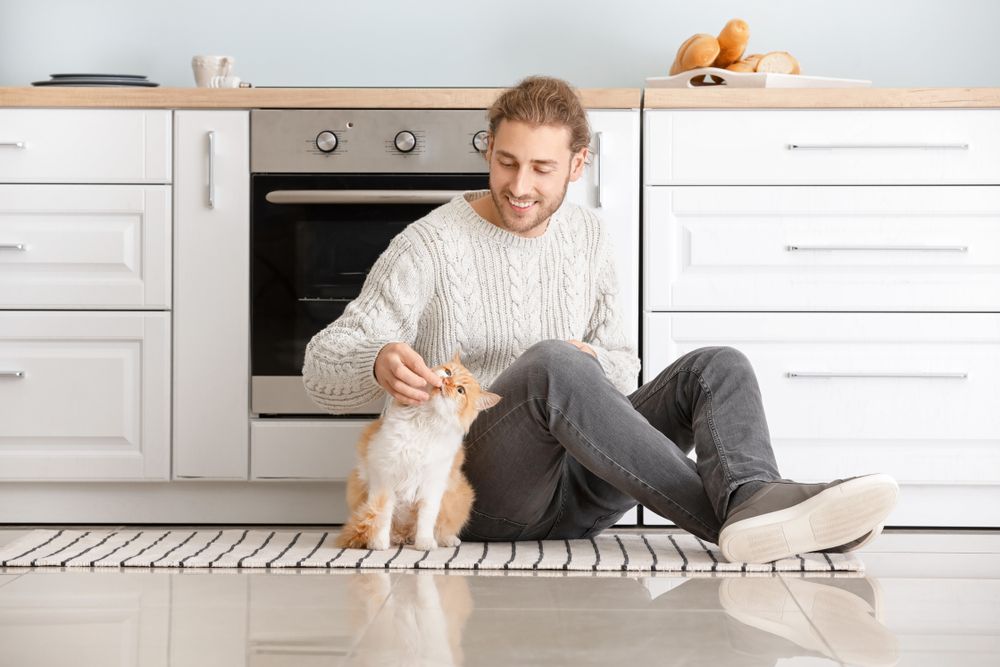
Cat stomach sickness and diarrhea are common reasons for vet visits. Often the culprit is a sudden change in their diet. It’s a common mistake because not all cat owners realize how sensitive cats’ stomachs are to new foods.
If you want to change your cat’s food, do it gradually. Introduce a small amount of the new food each day and increase the amount slowly. You should aim to be on 100% new food after 7-10 days, assuming your cat isn’t showing any signs of tummy upset.
Also Read: The 8 Best Cat Foods for Sensitive Stomachs
5. Thinking Indoor Cats Can’t Get Fleas

Often when I see a cat with itchy skin, the owner is adamant it isn’t fleas because they have an indoor cat—and then they are shocked when I disclose that the culprit is fleas.
Fleas are experts at getting into your house, whether they come in on the coats of other animals or your clothes. Sometimes they’re already in your carpets or soft furnishings. So while it’s true that indoor cats are less likely to get fleas, it’s certainly not impossible.
Fleas often make cats itchy and sore, but they also carry nasty diseases that can affect both you and your cat. Unfortunately, fleas aren’t easy to get rid of. Because of their lifecycle, fleas require regular treatment to be eradicated. You also need to treat other animals and the house. The entire process can take a couple of months.
Cat owners can prevent this issue by ensuring their cat receives regular flea treatments from their vet. This preventative measure can save you and your cat from a longer, more stressful treatment process.
6. Missing Signs of Pain
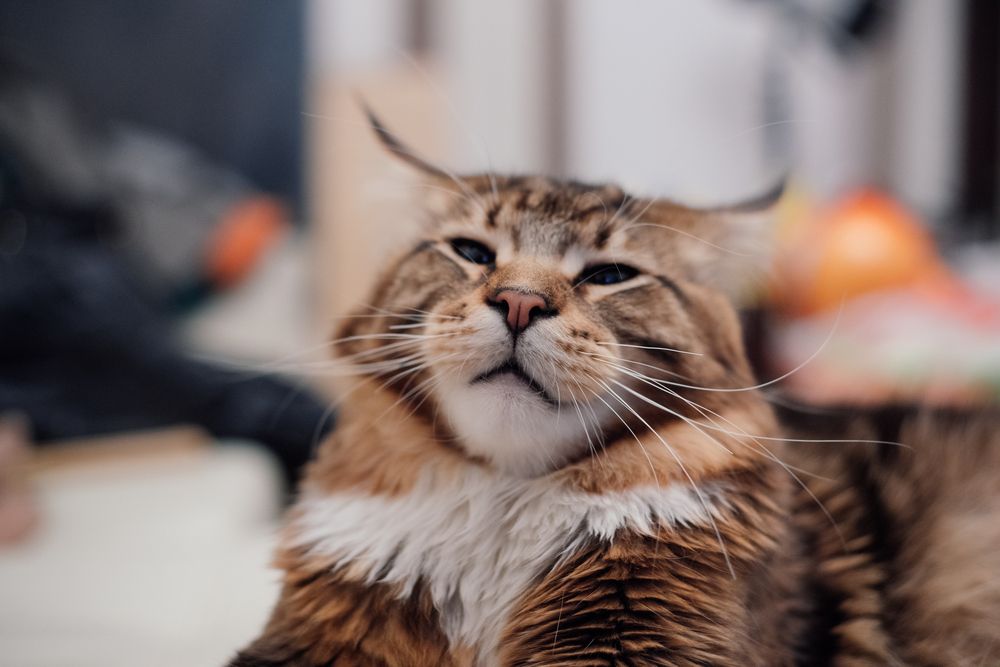
While you might think your cat would vocalize or limp if they were in pain, the signs are often more subtle. Cats are good at hiding pain because, in the wild, they are prey as well as predators. As you could guess, it’s not a good survival strategy to broadcast that you’ve got a problem.
Unfortunately, this means the signs of pain are easy to miss, which is how many cats suffer for longer than they need to. Here are the subtle signs you can look out for that indicate your cat is uncomfortable or in distress:
- Sleeping more
- Being withdrawn, irritable, or less playful
- Not jumping up on things they used to
- Reduced appetite
- Favoring one side of the mouth when eating
- Decreased grooming
- Not wanting to be touched or picked up
If you notice any of these changes, take your cat to your veterinarian.
7. Forgetting to Update ID Information
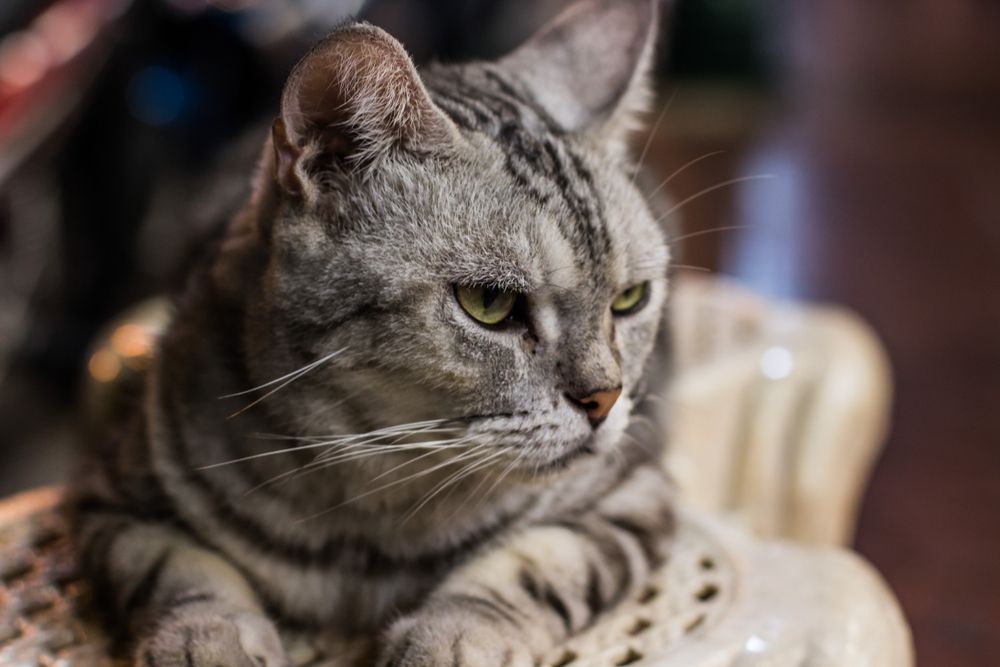
One of the most heartbreaking (and avoidable) situations I see is a lost cat without an ID tag or microchip. If we’re lucky, sometimes we do find identification, but the information is not up to date.
It’s easy to forget to update your cat’s ID when you move or change your phone number. But remember that in the worst-case scenario, this task could be the difference between being reunited with your cat or not.
Do indoor cats need a microchip or tag? It is still common for indoor cats to get lost if they find their way outside—especially because they are not as streetwise as outdoor cats. They are also more likely to become spooked by environmental factors and struggle to find their way home.
Also Read: The 7 Best Cat ID Tags
Frequently Asked Questions
What should a cat owner not do?
Perhaps one of the most significant responsibilities is not letting your cat become overweight. Keeping them slim will reduce their risk of illness and even help them live longer. Avoid overfilling the food bowl, and keep an eye on how many treats your cat is getting.
What is the number one behavioral complaint from cat owners?
A top complaint is cats not using their litter box and instead going elsewhere in the home. This behavior could be occurring for several reasons. Cat owners will want to rule out a physical problem before trying to train the cat.
Is it stressful owning a cat?
Owning a cat is a big responsibility, and they do need a lot of time, knowledge, and—let’s face it—money. But spending your life with a cat brings you laughter, companionship, and so much more. In fact, studies show that petting a cat for just 10 minutes a day can reduce your stress levels.







